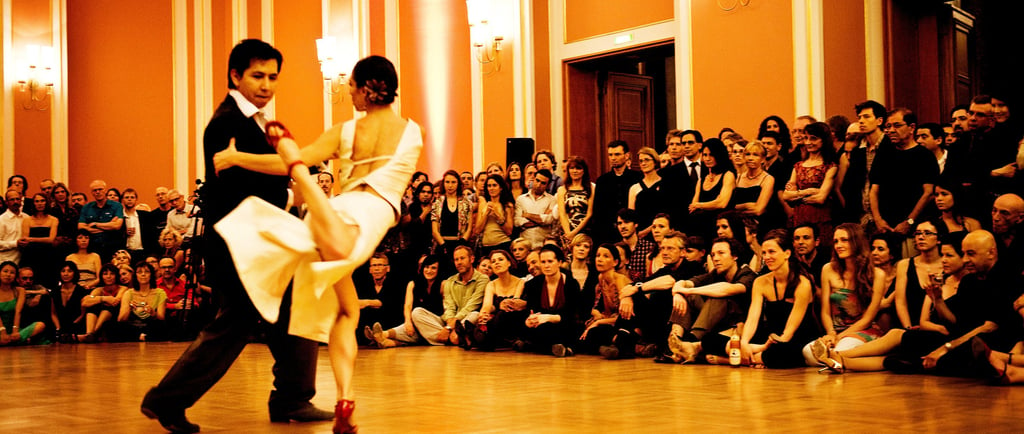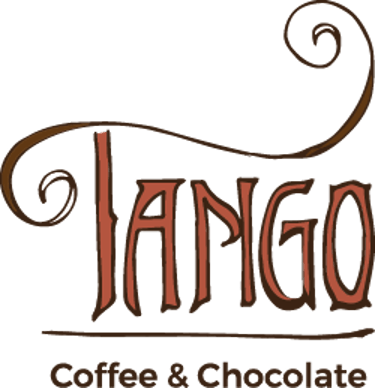Tango Story Time Style
What is your Style? Let's see some facts about tango.
Marcelo Gutierrez
4/28/20252 min read


The first time I heard about "styles" in tango, I was already pretty far along in my journey.
None of the maestros I learned from ever mentioned “a style.”
Back then, the main teachers that I remember were:
Carlos Copez at Salón Argentina
Mingo Pugliese at Cochabamba 444
Chidichimo and Nito & Elba at Salón Gricel
Raúl Bravo at Regina
Los Angió in Canning
Rodolfo Dinzel at Estudio Dinzel
And Martha Anton y El Gallego Manolo—I don’t even remember where he taught.
I only started hearing about tango styles when I picked up a copy of El Tangauta magazine and saw a bunch of ads promoting them. That caught my attention.
As a tango geek and researcher, I began asking some of the maestros about it.
Let’s just say—most of them weren’t thrilled with the idea of labeling tango.
Actually... they were kind of pissed.
That’s when I learned about Tango Orillero, Canyengue, and Tango Salón.
According to Tito, an old milonguero you might still run into at milongas today, what we now call Tango Milonguero started being taught at Salón Regina (now known as El Beso) in the early ’90s.
Back then, a female teacher started offering classes there—but they weren’t very popular. People weren’t used to seeing a solo woman teaching tango, especially someone who wasn’t well-known.
So she invited a decent dancer from the milonga crowd to join her as a partner.
Soon after, Salón Regina changed its name to El Beso—a name that would go on to become iconic.
I remember dancing at Regina. It was dark, filled with cigarette smoke… almost like a dungeon.
But that’s a story for another Tango Story Time.
Anyway, this couple became popular for one key reason:
They simplified the dance.
To give you a sense of how different that was—learning from one of the traditional maestros meant spending months or even years proving yourself. You had to show commitment, humility, and loyalty before they’d begin to share their secrets.
So it’s no surprise this new couple gained followers quickly. They made a simple tango accessible and easy to learn.
At the same time, tango was becoming more global. Tango brands began to pop up—each one promoting a particular “style.”
That’s when names like Naveira Method, Villa Urquiza Style, and Tango Nuevo began to appear—each with its own teaching system and aesthetic.
They didn’t just develop styles—they created brands.
And they marketed them well.
Curious about sources?
You might be wondering,
"Marce, where do you get this from?"
Let me introduce you to Petaca, a legendary tango dancer who’s not afraid to speak his mind about Tango Milonguero...
And 2 Tango Legends Gloria Y Eduardo Arquimbau who can tell you about the roots of Tango Salón, and the unique way Tango Orillero and Canyengue walk and flow on the dance floor.
Did I forget another maestro of that time?
PD
Sources
Petaca Interview
https://www.youtube.com/watch?v=qra9KIHgAZc&t=1347s
Tengo una PREGUNTA para vos por Pepa Palazon
Link for the interview
Connection
Argentine Tango, Buenos Aires
Tango
+54-11-2741-9891
© 2025. All rights reserved.
